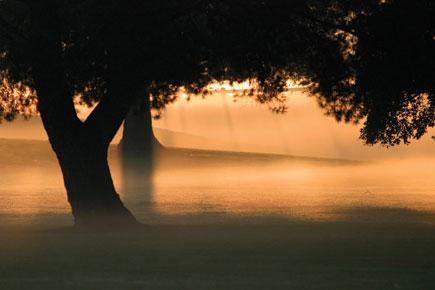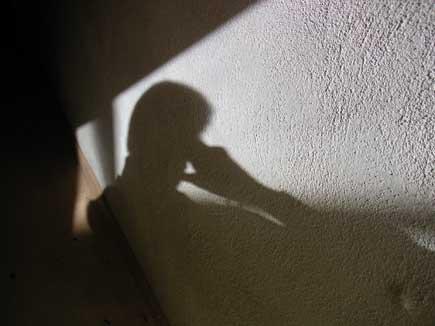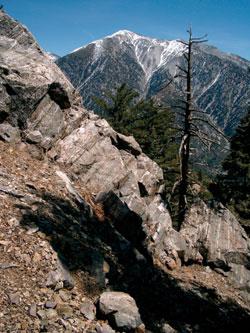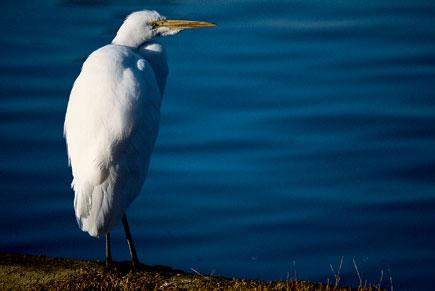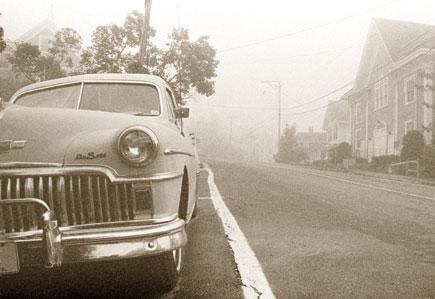Outdoor Tips
Sort By: Post Date TitlePublish Date
|
Jul 21, 2014 |
|
Nov 01, 2005 |
|
Nov 01, 2005 |
|
Sep 01, 2005 |
|
Jul 01, 2005 |
|
May 01, 2005 |
|
Apr 01, 2005 |
|
Mar 01, 2005 |
|
Mar 01, 2005 |
|
Mar 01, 2005 |
|
Feb 01, 2005 |
|
Feb 01, 2005 |
|
Feb 01, 2005 |
|
Feb 01, 2005 |




